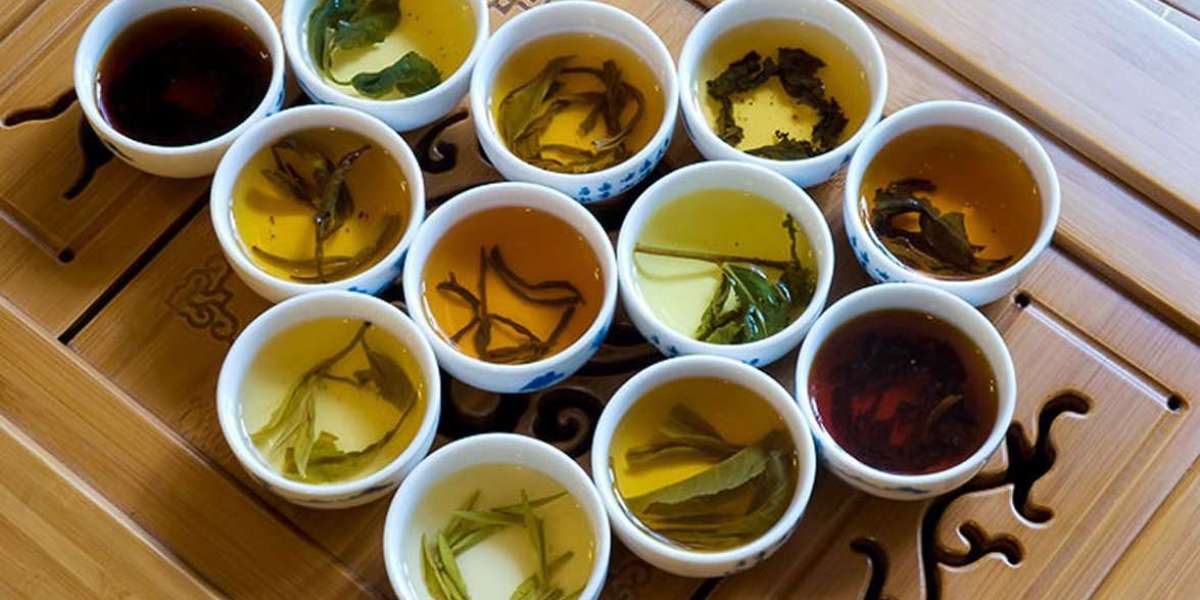1. Raw (Sheng) vs. Ripe (Shou) Pu-erh
| Feature | Raw Pu-erh | Ripe Pu-erh |
|---|---|---|
| Processing | Sun-dried, naturally aged | Pile-fermented (wo dui) |
| Flavor (Young) | Brisk, floral, astringent | Earthy, woody, smooth |
| Flavor (Aged) | Honey, dried fruit, incense | Chocolate, dates, damp forest |
Did You Know? Raw Pu-erh can age for decades. Learn how in The Art of Aging Pu-erh Tea.
2. Step-by-Step Pu-erh Tasting
A. Dry Leaf Inspection
Raw: Greenish-brown, intact leaves
Ripe: Dark brown, sometimes with golden tips
B. Rinse & First Infusion
Rinse (5 sec): Awakens the leaves; discard this brew
1st Infusion (10 sec): Look for initial aroma—smoky? fruity?
C. Flavor Development Across Infusions
| Infusion | Raw Pu-erh Notes | Ripe Pu-erh Notes |
|---|---|---|
| 1-3 | Floral, slight bitterness | Smooth, woody |
| 4-6 | Sweetness emerges | Chocolate, dates |
| 7+ | Mineral, lingering honey | Mellow, nutty |
Tip: Use a Gaiwan or Yixing teapot for best results.
D. Cha Qi (Tea Energy)
High-quality Pu-erh induces a warming, calming sensation—some call it "tea drunkenness."
3. Pairing Pu-erh with Food
Raw Pu-erh: Complements dim sum, light pastries
Ripe Pu-erh: Pairs with dark chocolate, roasted nuts
Recipe Idea: Try our Pu-erh Tea Chocolate Truffles for a decadent match.
Conclusion
Pu-erh is a tea of depth and transformation. Whether you prefer the vibrancy of raw or the richness of ripe, each session reveals new layers. Explore our Aged Tea Selection to start your Pu-erh journey.








